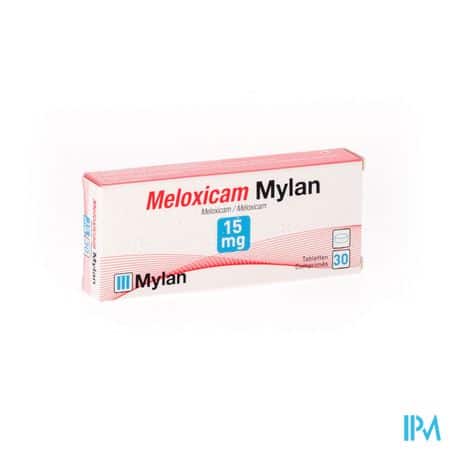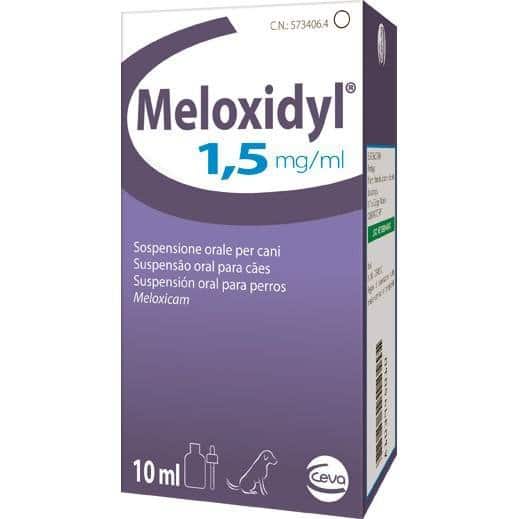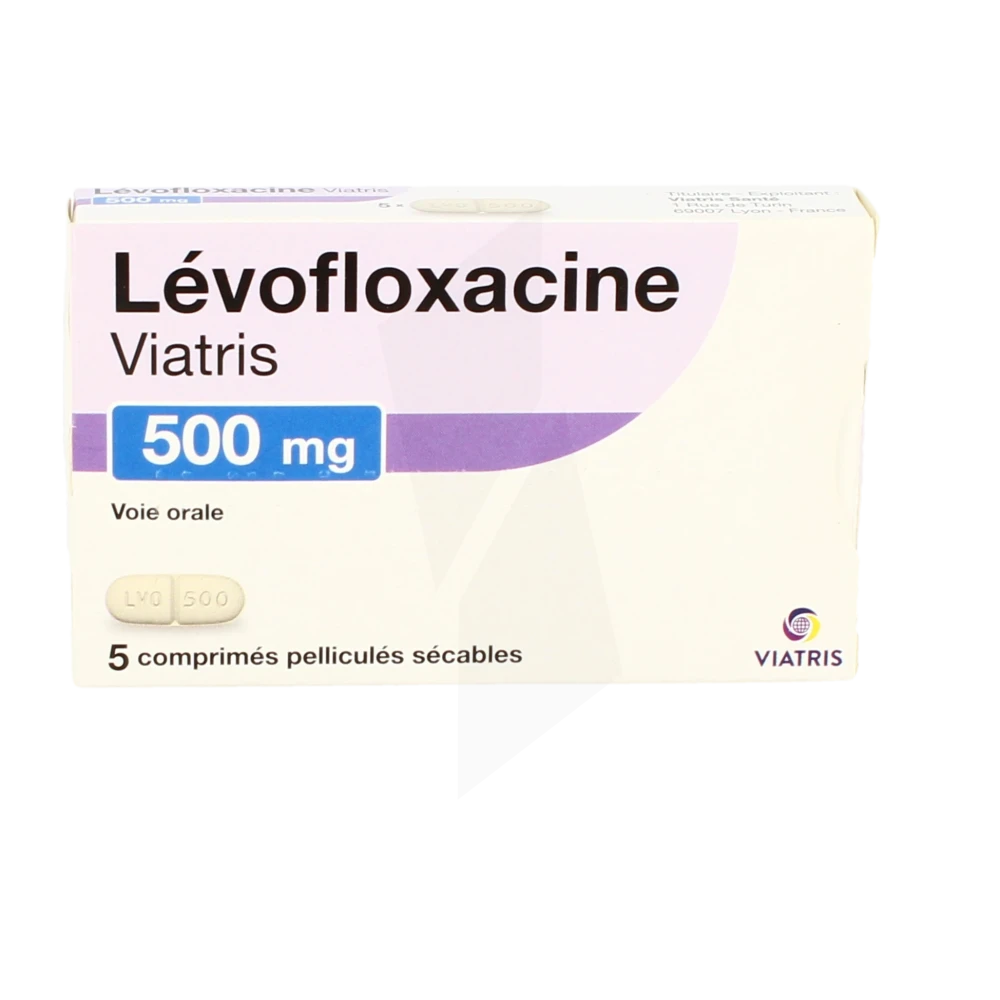Meloxicam is a non-steroidal anti-inflammatory medication commonly used for the treatment of various conditions, including joint pain and rheumatic diseases. Although it is effective in relieving pain and reducing inflammation, its use carries a potential risk of side effects that can affect patients’ health. Before starting treatment with meloxicam, it is crucial to understand its indications, recommended doses, and precautions to take to minimize the associated risks.

Meloxicam is a non-steroidal anti-inflammatory drug (NSAID) widely prescribed for the treatment of various musculoskeletal conditions, such as osteoarthritis and rheumatoid arthritis. This medication works primarily by inhibiting the enzymes responsible for the synthesis of prostaglandins, substances involved in the inflammatory response and pain. However, any medication treatment must be accompanied by equal attention to its potential side effects and the precautions to take to ensure patient safety.
Appropriate Use of Meloxicam
Meloxicam is available in the form of oral tablets and is generally available in different dosages, such as 7.5 mg and 15 mg. Its prescription is not trivial and must be done by a healthcare professional who will consider the patient’s general health, medical history, and any concomitant medication. It is essential for the patient to adhere to the recommended dose and the prescribed duration of treatment in order to minimize the risks of undesirable effects.
Before starting treatment with meloxicam, it is crucial to inform the doctor of any history of gastrointestinal ulcers, heart, liver, or kidney diseases, as well as any potential allergies to other NSAIDs. This information helps the doctor assess the benefit/risk ratio of the treatment.
The main indications for which meloxicam is prescribed include:
- The treatment of osteoarthritis.
- The treatment of rheumatoid arthritis.
- The treatment of ankylosing spondylitis.
Side Effects and Precautions
Like any medication, meloxicam can cause side effects. Although not all patients experience them, it is important to be aware of these risks to be able to respond quickly if necessary. Among the most common side effects, there are:
- Gastrointestinal: Gastrointestinal issues are common and may include nausea, vomiting, diarrhea, abdominal pain, peptic ulcers, and gastrointestinal bleeding, which can be severe.
- Skin: Skin rashes, itching, or even severe skin reactions, such as Stevens-Johnson syndrome, may occur.
- Cardiovascular: Prolonged or high-dose use may increase the risk of cardiovascular events, such as myocardial infarction or strokes.
- Renal: Acute renal failure may occur, especially in patients with pre-existing kidney problems.
It is recommended to stop the treatment immediately and consult a doctor if one notices symptoms such as:
- Severe abdominal pain.
- Black stools or reddish coloring of vomit.
- Skin rashes, especially if associated with itching or blisters.
Furthermore, it is important to consider certain drug interactions. Meloxicam can interact with other NSAIDs, anticoagulants, corticosteroids, and some antihypertensives, thereby increasing the risk of side effects, particularly gastrointestinal.
Patients who are elderly and those with comorbidities must receive special attention when administering meloxicam. It is often recommended to use the lowest possible dosage for the shortest necessary duration to relieve symptoms, in order to limit the risk of side effects.
For further information about meloxicam, feel free to consult reliable resources such as the public medication database here or the Vidal website here.
In summary, the prescription of meloxicam must be carefully evaluated by a healthcare professional, considering appropriate clinical indications and potential side effects. Educating patients about the risks and signs of undesirable effects is crucial to ensure a safe and effective treatment.

“`html
FAQ on Medical Prescription and Side Effects of Meloxicam
A: Meloxicam is a medication classified as a non-steroidal anti-inflammatory drug (NSAID), used to treat pain and inflammation, particularly in cases of osteoarthritis and rheumatoid arthritis.
A: Meloxicam is taken orally in tablet form, generally during a meal with a glass of water. The dosage depends on the condition being treated and must follow the doctor’s recommendations.
A: Side effects may include gastrointestinal disturbances such as nausea, vomiting, abdominal pain, as well as more serious risks like gastrointestinal bleeding.
A: Meloxicam is contraindicated in patients with an allergy to the medication, a history of gastrointestinal bleeding, or in those with severe renal or liver problems.
A: In case of overdose, it is essential to contact a healthcare professional immediately. Symptoms may include drowsiness, nausea, vomiting, and in some situations, severe complications.
A: Meloxicam is generally contraindicated during the last months of pregnancy due to risks to the fetus. It is important to consult a doctor before using it if you are pregnant or considering becoming pregnant.
A: Yes, meloxicam can interact with other medications, including anticoagulants, other NSAIDs, and certain drugs used to treat hypertension. Always inform your doctor of other treatments you are undergoing.













